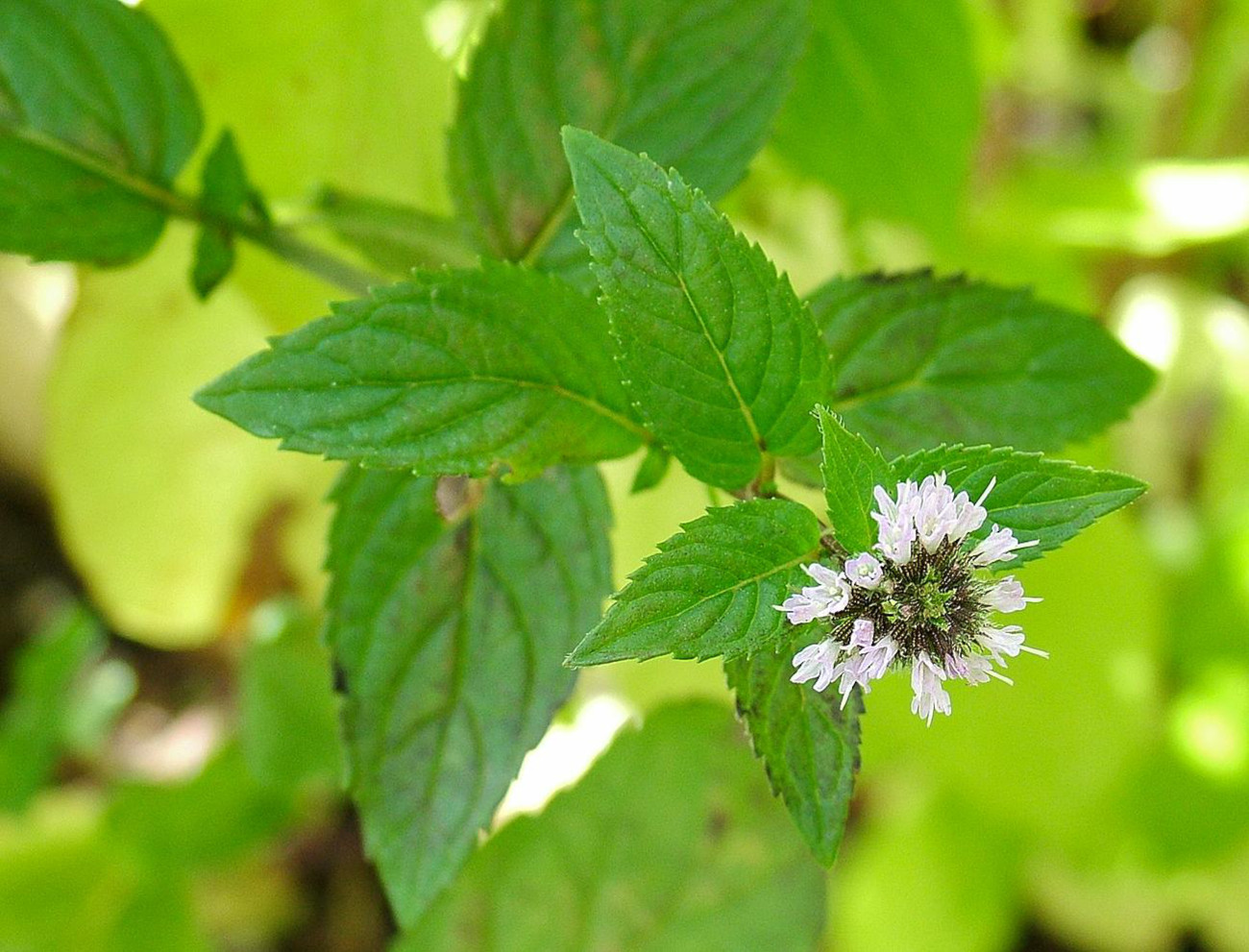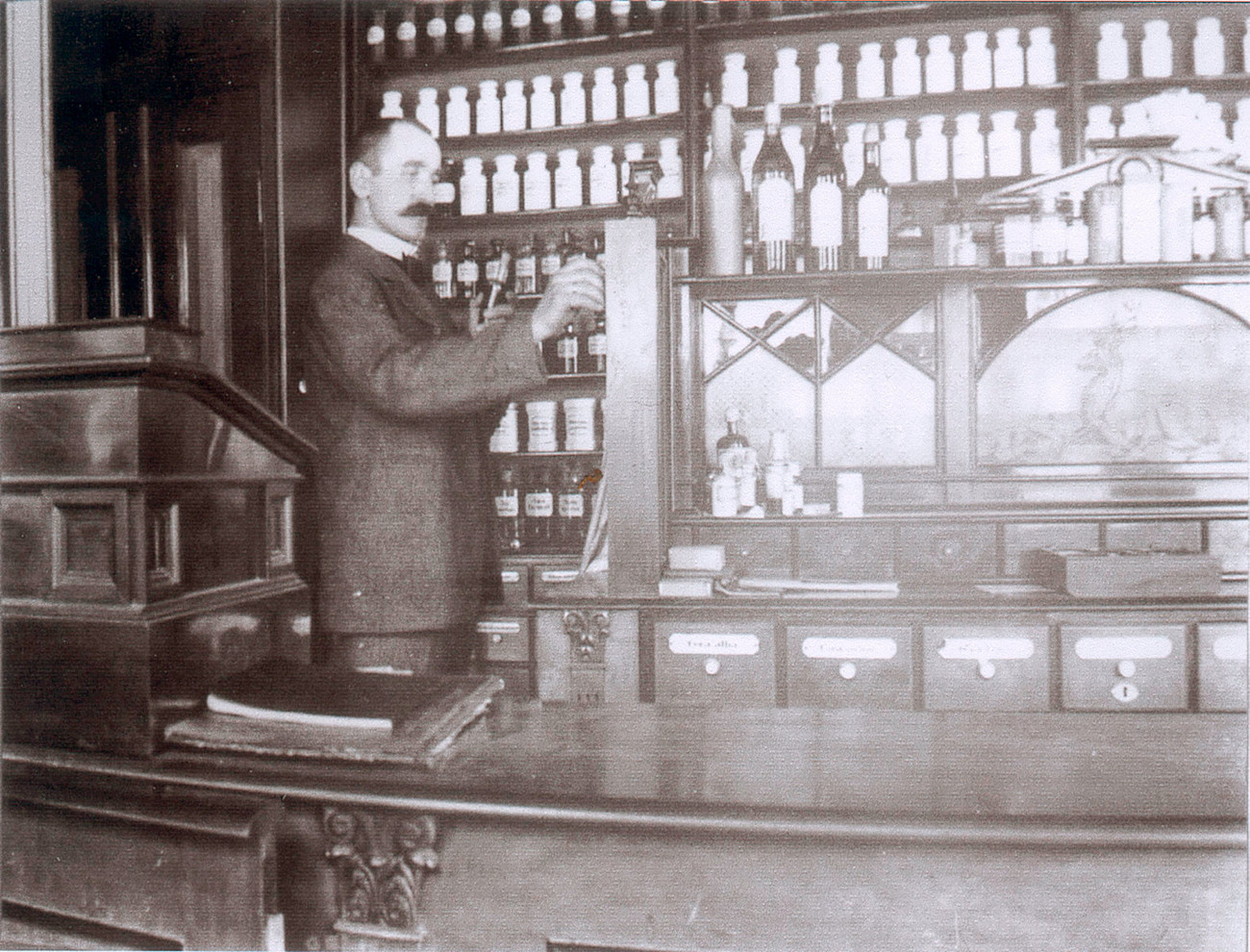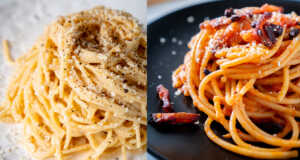During winter, the smells of freshly baked cookies and spices perfume the air, yet it’s icy peppermint that’s the unofficial flavor of the season. Throughout the year, we generally relegate this refreshing flavor to toothpaste, but once the snow hits the ground, there’s a peppermint-flavor for an array of foods. Just how did it get connected with the cold season?

Most varieties of mint originated in the Mediterranean region, but just like in a garden, this herb spread out across the world. Many civilizations used mints topically to cure physical ailments and wounds.

Peppermint’s role, however, was much bigger application in the kitchen. Brewed in water, torn up as a garnish, or infused into ices, peppermint was a way to soothe digestion and settle the stomach after a very heavy meal. In a season with dense rich dishes, you can see why peppermint came alongside for the wintertime ride.
Pinning down peppermint to candy canes together isn’t simple! Candy canes have many origin stories: Church service tales where the candies distracted children, an American industrialist’s innovation to reshape peppermint sticks, and red and white colors’ religious rationale are some of the most popular candy cane tales. Yes, these stories are popular, but these accounts don’t have much documentation. It’s hard to say how both peppermint and candy canes collided, but we can surmise that the wintertime is full of three things — heavy meals, colds, and an increase in sugar consumption.

Peppermint, a hybrid of water mint and spearmint, has one of the strongest mint flavors but has a cooling effect on the body. Pharmacists at apothecaries would add peppermint (in the form of oils and extracts) and sugar to drug concoctions. This sweet-minty taste overpowered the unpalatable bitterness of herbs and powders.
Once the price of sugar fell in the mid-19th century candy making and drug manufacturing became new, separate professions. Peppermint-flavored candies, which used to hide the unpleasant flavor of drugs, now were sold as stand-alone treats. Even without the drugs, peppermint (in the palatable form of sugar), was still frequently used for digestion and colds. And with the uptick of illness in the winter, peppermint oil and extracts were easy ways to get a fresh reprieve from uncomfortable symptoms.

Candy canes were originally plain white, it wasn’t until the 19th-century that they got their red stripes. Only a handful of places still make white candy canes.
The darker days — coupled with the bitterly cold weather — naturally increase the body’s desire for sugar. When paired with heavy meals, peppermint is an easy go-to sweet to counter the wintertime fare.

Nowadays, you don’t need to have a candy cane to enjoy peppermint. Paired with chocolate, it’s one of the most Christmas-y of flavor combinations.












